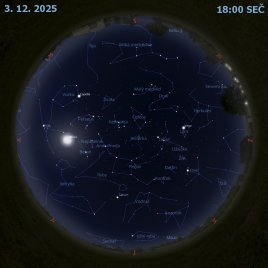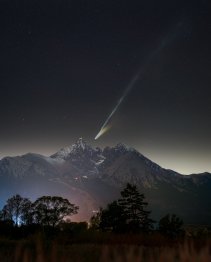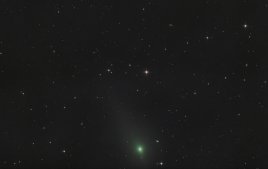Aktuálně ze Slunce
Po dlouhé době se na Slunci dělo něco, co by mohlo zajímat i širokou veřejnost.
Po dlouhé době se na Slunci dělo něco, co by mohlo zajímat i širokou veřejnost. Na Slunci se 6. března 2019 objevila aktivní oblast s označením AR2734, která včera (8. března 2019) generovala slabou erupci C1, při níž ale došlo hned ke dvojitému výtrysku koronální hmoty (CME). Ke kontaktu naší magnetosféry s vyvrženým hvězdným materiálem by mělo dojít v průběhu pondělí 11. března. Lze očekávat geomagnetickou bouři G1 (Kp5), více to pravděpodobně nebude. Pozorovatelé mimořádných úkazů v atmosféře tedy mohou být na našem území v klidu, ovšem v polárních oblastech lze očekávat velice zajímavou světelnou show. Tak doufejme, že se brzy objeví nějaké pěkné fotografie. Zdroj: spaceweather.com, foto: helioviewer.org (aktivní oblast AR2734).


